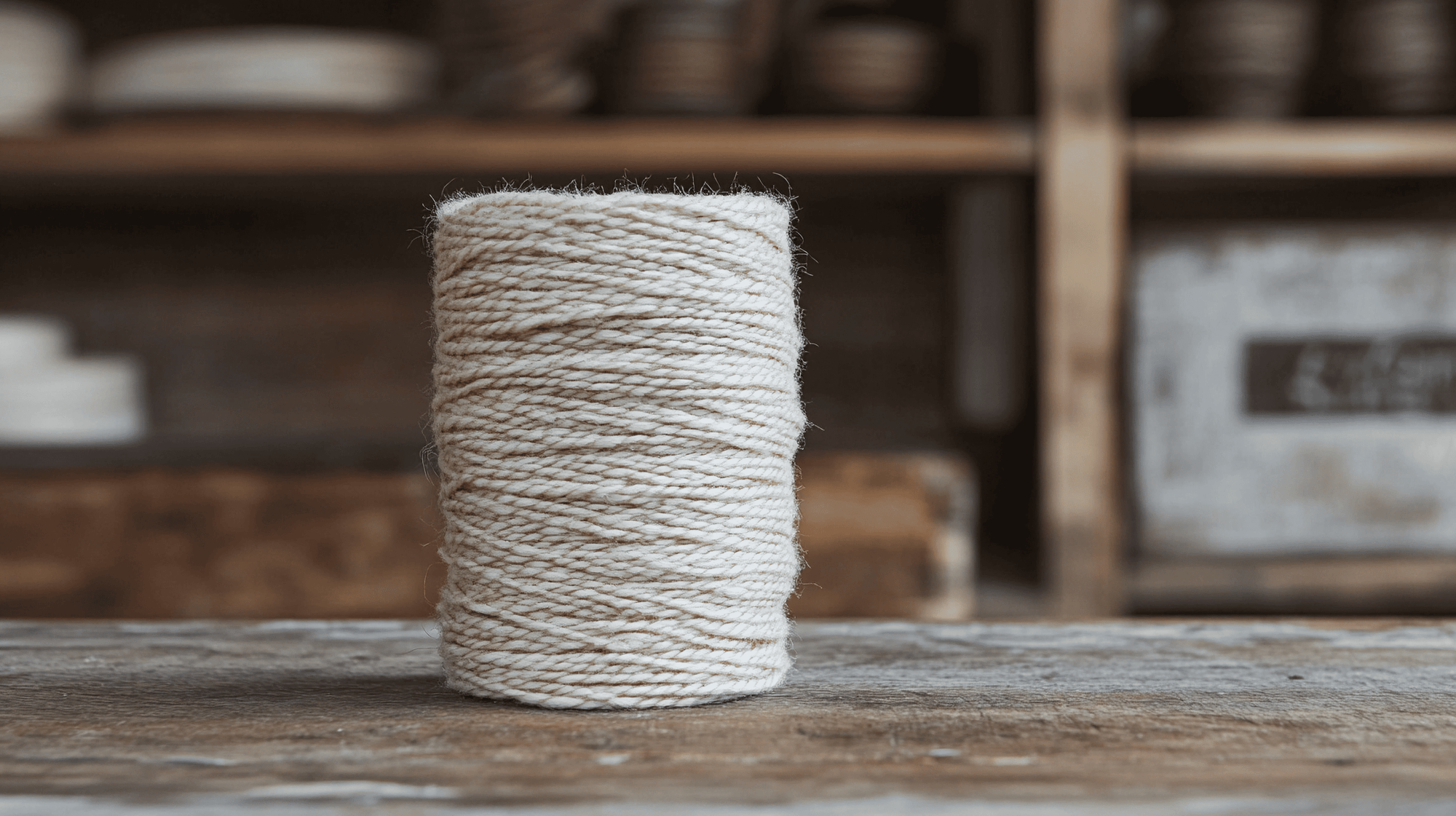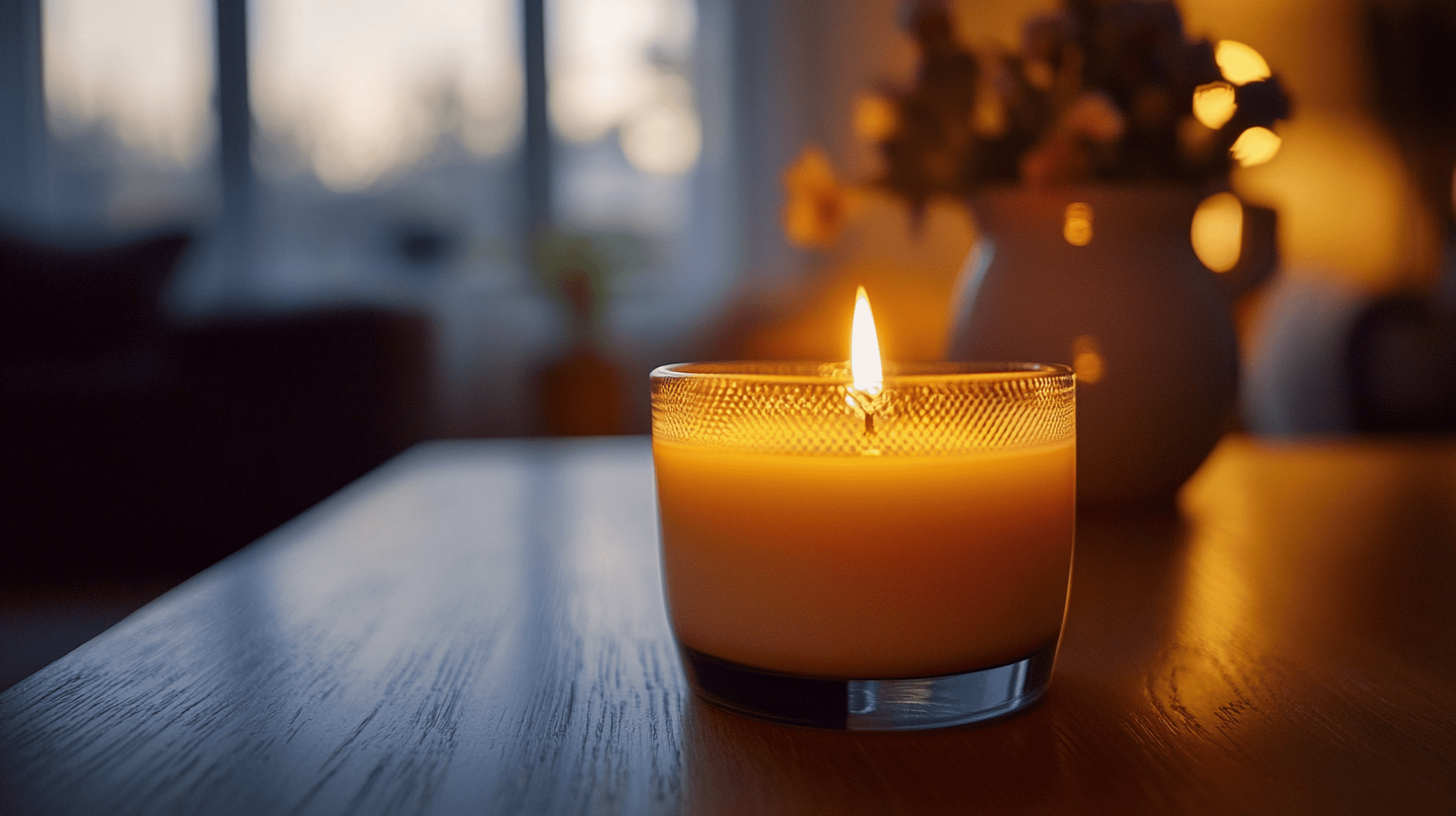When it comes to making candles, selecting the right wick is essential for a successful burn. The wick is the heart of the candle—it draws up melted wax to fuel the flame, ensuring an even burn, minimal soot, and a pleasant experience. With options like cotton wicks, wood wicks, and even homemade varieties, how do you decide which is the best? In this guide, we’ll explore candle wicks in detail, including their types, how to choose the right one, and even how to make your own wick at home. Whether you’re crafting a simple votive or a decorative wood wick candle, this article will help you find the perfect wick.
Understanding Candle Wicks
Candle wicks are more than just a piece of string—they determine how your candle performs. A poorly chosen wick can cause tunneling (where wax burns only in the center), excessive smoke, or a weak flame. Let’s break down the most common types of wicks and what makes them unique.
Types of Candle Wicks
1. Cotton Wicks
What They Are: Made from braided or twisted cotton fibers, these are the go-to choice for many candle makers.
Pros: Affordable, versatile, and available in various sizes to suit different candles.
Cons: May need priming (coating with wax) for best results.
Best For: Soy, beeswax, and paraffin candles.

2. Wood Wicks
What They Are: Thin strips of wood that create a crackling sound when lit, mimicking a fireplace.
Pros: Adds a cozy ambiance, burns slowly, and has a unique aesthetic.
Cons: Can be harder to light and requires careful trimming.
Best For: Large candles or natural wax candles like soy.

3. Paper Core Wicks
What They Are: Cotton wicks with a paper core for added stiffness.
Pros: Burns hotter, ideal for scented or colored candles.
Cons: May produce more soot if not sized properly.
Best For: Candles with fragrance or dyes.
4. Zinc Core Wicks
What They Are: Cotton wicks with a zinc core for rigidity.
Pros: Consistent burn, great for larger candles.
Cons: Less eco-friendly and can create more smoke.
Best For: Pillar or wide-diameter candles.
How to Choose the Best Wick for Your Candle
The “best” wick depends on your candle’s specific needs. Here’s how to pick the right one based on key factors.
1. Match the Wick to Your Wax
Soy Wax: Dense and slow-burning, it pairs well with thicker cotton or wood wicks.
Paraffin Wax: Burns hotter and faster, so a thinner cotton wick often works best.
Beeswax: Like soy, it’s dense and benefits from thicker cotton wicks.
2. Size Matters: Candle Diameter
Small (1-2 inches): Use a small wick (e.g., LX10 or ECO2).
Medium (2-3 inches): Opt for a medium wick (e.g., LX16 or ECO6).
Large (3-4 inches): Choose a large wick (e.g., LX21 or ECO10) or multiple wicks.
Extra Large (4+ inches): Wood wicks or multiple cotton wicks ensure an even burn.
3. Factor in Additives
Fragrance Oils: A stronger flame (larger wick) helps disperse scent evenly.
Dyes: Dark colors may need a hotter wick (like zinc core) to avoid tunneling.
4. Test, Test, Test!
Make a small test candle to check for even burning, soot levels, and flame stability. Adjust the wick size or type as needed.
Wood Wick Candles: A Trendy Option
Wood wick candles stand out for their rustic charm and crackling sound, making them a favorite for creating a cozy vibe. But are they the best choice?
Why Choose a Wood Wick?
Unique Experience: The crackle adds warmth and character.
Slow Burn: Extends the candle’s life.
Eco-Friendly: Often made from sustainable wood.
Challenges with Wood Wicks
Lighting: Requires a longer match or lighter. • Trimming: Keep it short (1/8 inch) to avoid smoke.
Best For: Decorative or gift candles, especially with natural waxes.
How to Make a Wick for a Candle
Want a custom touch? Making your own wick is easy and affordable. Here’s a simple DIY method using cotton twine.
What You’ll Need
100% cotton twine (untreated) • Scissors
Wax (for priming)
Optional: A small metal washer or wick sustainer
Steps to Create Your Wick
Cut the Twine: Measure the length of your candle plus an extra inch for anchoring.
Prime It: Melt wax, dip the twine in, and let it dry on wax paper for stiffness.
Anchor It: Tie one end to a washer or use a sustainer to secure it in the candle base.
Use It: Place the wick in your mold or container before pouring wax.
Pro Tip: Braid three strands of twine for a thicker, sturdier wick.
Which Wick Wins?
There’s no one-size-fits-all answer to the best wick—it depends on your candle. For beginners, pre-waxed cotton wicks are reliable and easy to use. If you want a unique twist, wood wicks add charm to a wicked candle. And for full control, try making your own wick with the steps above. Match the wick to your wax, size, and style, then test it out. With the right choice, your candle will burn beautifully every time. Happy candle making!

